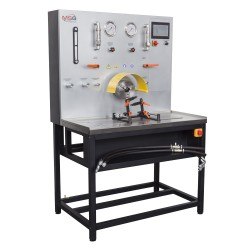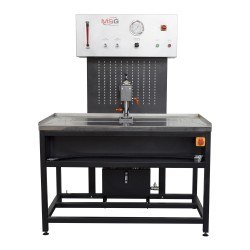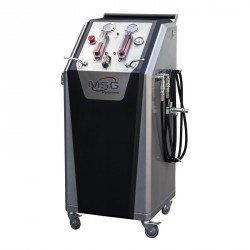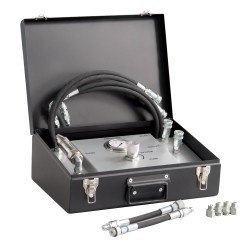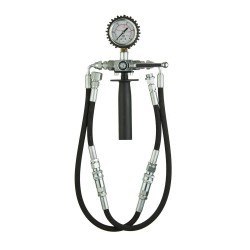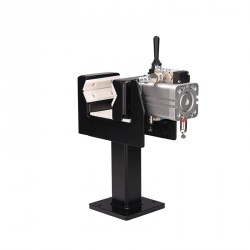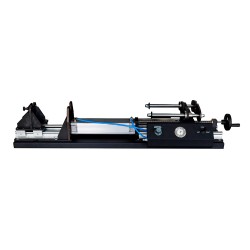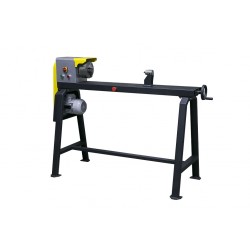EQUIPMENT FOR DIAGNOSING OF POWER STEERING UNIT
For comfortable driving of a car, its steering system may include a hydraulic power steering (HPS). The steering system directly affects road safety, so it should always be in good condition. Even a minor malfunction can lead to loss of control of the car, which sharply increases the risk of accidents.
MSG Equipment offers testers and stands for diagnosing and repairing HPS units, including:
Diagnosing system components on the car:
The MS610 and MS611 testers can determine the technical condition of the units and the need to remove them from the car for subsequent repair.
Diagnosing removed units:
The MS502M and MS604 stands can identify the cause of the power steering rack and pump failure, as well as perform a control check after repair.
Servicing and repairing the HPS:
The MS603N stand provides flushing of the hydraulic system of the car's steering system, and if necessary, you can check the power steering rack removed from the car. The MS402 machine helps to evenly polish the steering rack shaft, returning the component to a working condition, which can be difficult to replace.
MSG Equipment provides free technical support to all buyers of specialized equipment. Our consultants will provide detailed information on the cost and delivery of equipment for your region. To do this, contact us using the feedback form or any convenient method indicated in the contact section.
Test Bench MS504 is used for evaluation of the technical condition and output characteristics of mechanically driven single- and double-circuit pumps. The bench simulates operation of the tested unit in a car.
Test bench MS502M is designed for health assessment of hydraulic power steering racks, detection of faults, and their nature. In ATTACHMENTS you will find: user manual (English)
MS503N is a universal test bench for power steering systems operated from 230V mains. The test bench for system flushing and evaluation of the technical condition of a power steering rack or pump.
Tester MS511 is designed for diagnostics of such power steering system components as steering racks and pumps without their dismounting from a car. The tester helps to evaluate the technical condition of the units and determines the necessity of their dismounting from the car for repair.
The MS510 tester is used for diagnosing the hydraulic power steering system by determining the pressure generated by the vehicle's power steering pump in different operating modes (with load and without).
Designed for fast fixing of cylindrical objects with a diameter of 35 to 85 mm with a clamping force of up to 1400 Newtons. The vice is controlled by means of a pneumatic distributor. Working pressure from 6 to 10 bar. The manufacturer: MSG Equipment
The mechanism allows comprehensive and accurate assessment of the technical condition of HPS/EPS racks and detection of faults that can be traced only when there is a resistance to the steering rack movement.
MS402 POLISHING MACHINE is designed to perform grinding and polishing of various shafts, Shafts of steering racks and other products in order to remove corrosion and obtain the required surface roughness.



